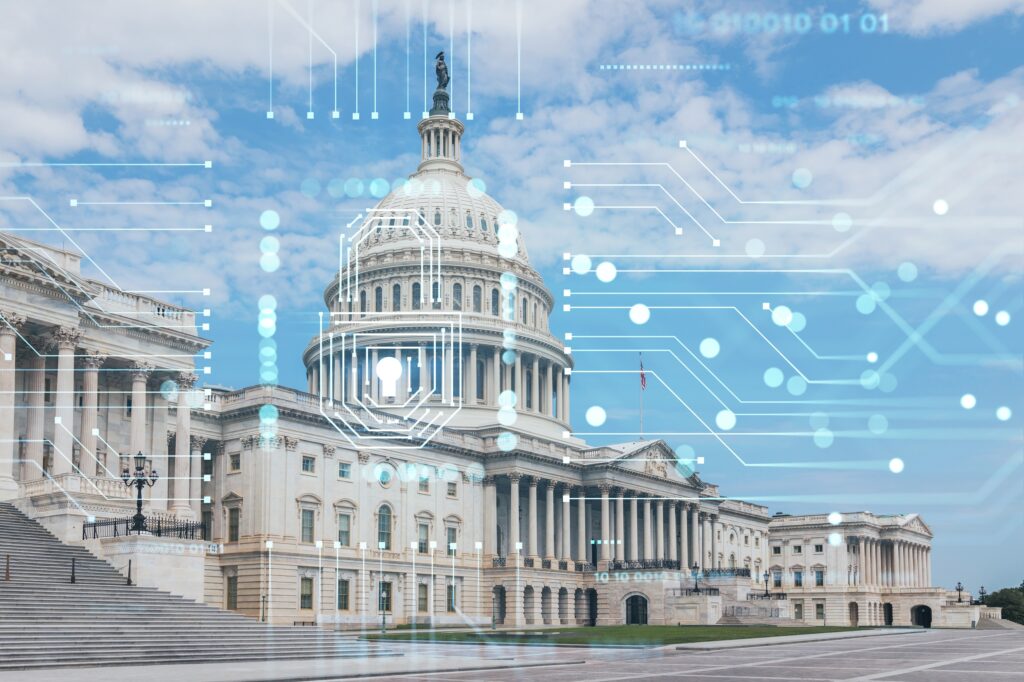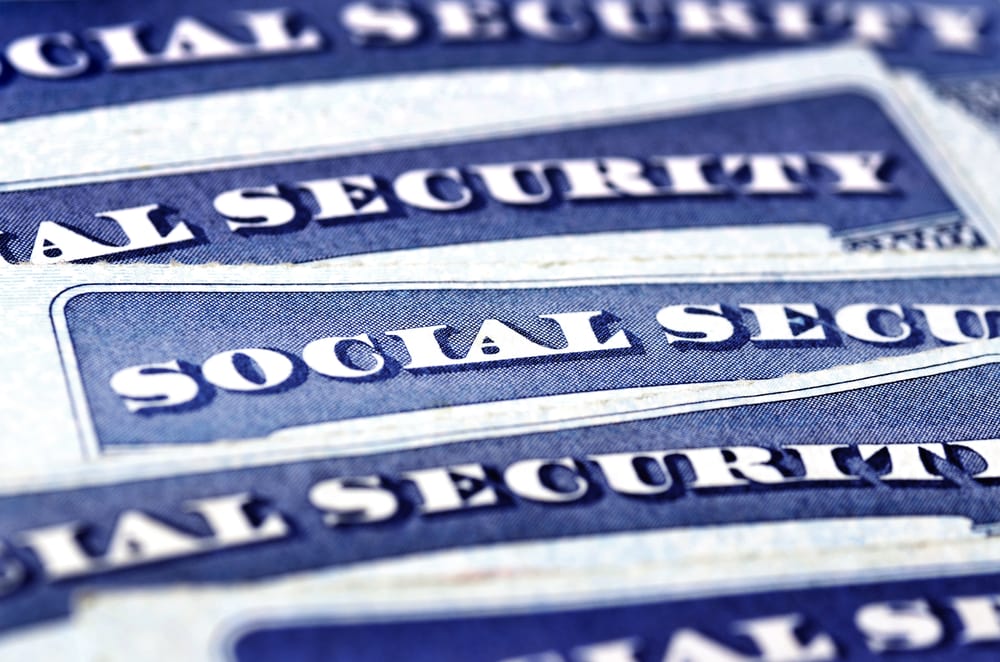Mail surveillance: The time for secrecy has passed
Recent news that federal authorities approved 49,000 instances of mail surveillance in 2013 is disturbing. Not only was this a huge jump from the usual average number of 8,000 annual approvals, but according to the Postal Service’s Inspector General, more than one-fifth of the surveillance requests from law enforcement agencies were inappropriately approved.
This massive expansion of the “mail covers” program, which began as a limited surveillance technique, will be the topic of a hearing Wednesday before the House Oversight and Government Reform Committee. Initially, mail covers involved postal inspectors hand-copying or photographing information from the outside of mail envelopes and packages tracks as going to or coming from a criminal suspect. As administered today, the USPS sucks the data off every piece of mail it handles, no matter who sends or receives it.
At the very least, Oversight Chairman Darrell Issa, R-Calif., should ask the Postal Service what it is doing with all the information it is vacuuming up. Determining whether the Postal Service is adequately protecting this data is crucial, especially since USPS’ employee data was hacked two months ago.
The committee also should compel the Postal Inspection Service to explain how exactly this program administered. In daily practice, the mail covers program has no external oversight, with no need for a judge, for example, to review requests. In fact, when a law enforcement agency requests a mail cover, nobody outside the Inspection Service and the agency are informed. The public has a right to know whether mail cover requests are reviewed judiciously or rubber stamped.
This latest mail covers controversy came to light largely because a brave inspector general, David Williams, publicly released his audit of the program over the Postal Service’s objections. The New York Times’ Ron Nixon also investigated mail covers for more than a year and drew national attention with his reporting.
But the bigger governance problem is the secrecy that has shrouded mail covers since its inception in the 1890s. Forty years ago, a congressional investigation revealed an array of abuses, including surveillance of individuals for political activities and mail illegally opened without a warrant. Just 12 years ago, the National Law Journal discovered a spike in the use of mail covers, but were mostly stonewalled by officials when they investigated the cause.
The committee should require the Inspection Service to explain publicly the scope of the program. In part because there was no federal law to establish the program, it doesn’t face the same limits as, for example, federal wiretap laws. It’s simply not clear how many individuals and businesses have been subject to mail covers surveillance.
The inspector general report, for example, did not examine mail covers initiated by the Inspection Service itself, for instance in investigations of child porn, embezzlers and scam artists. We also do not know if the 49,000 mail covers approved last year is the total number or if there are far more. In the past, the Postal Service has only released data on mail covers performed pursuant to criminal investigations.
Congress should compel the Postal Service and its Inspection Service to publicly release annual data on the program. There is no harm to letting the American public know how many mail covers have been approved each year, nor in sharing data on the number of mail covers by agency. Citizens should know whether data about their communications is flowing mostly to, say, the Internal Revenue Service or to local cops.
It is time for the secrecy surrounding the mail covers program to end.








